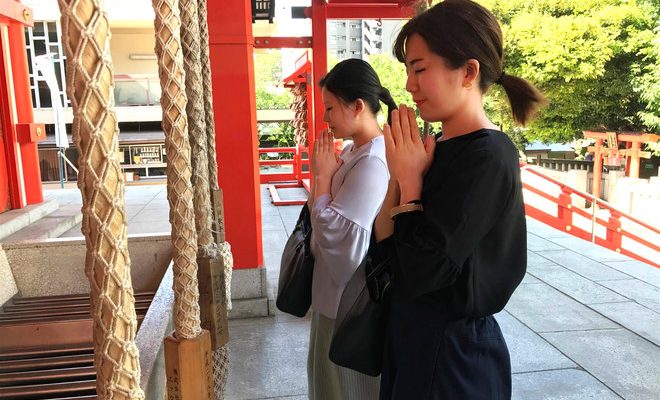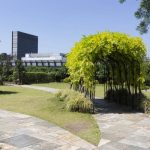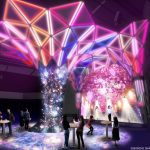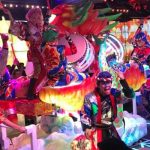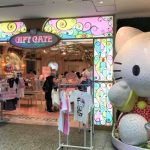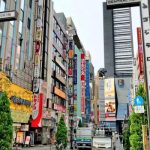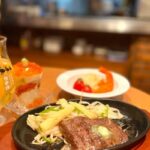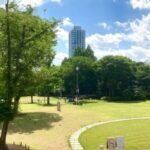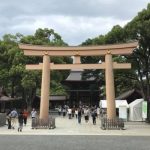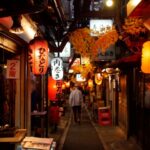Hanazono shrine (花園神社) is a historical shrine that dates back to the 17th Century (1603-1868) from the Edo Period of Japan. It is considered the Guardian God of the Shinjiku area, and was once part of the Imperial Palace Gardens, hosting several Japanese Shinto Gods.
The Hanazno Shrine is dedicated to the “Inari”, the god of fertility and worldly success, popular with businessmen.
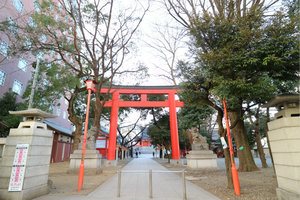
Otorii that can be seen from Meiji Dori
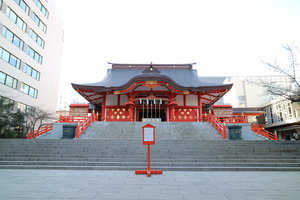
Hanazono Shrine
“Hashira” is considered the traditional method of counting gods and at the Hanazon shrine there can be found several types of Hashira.
The “Itoku Inari Shrine” which is known as the God for matchmaking, married like and having children; “Geinou Asama” Shrine is the God of entertainment, attracting people in the entertainment industry like actors, singers and theatrical stars; The “Yamato Takeru no Mikoto” Shrine originates from a legendary 4th C Imperial Prince; and the “Uganomitama no Kami”, the god of food and agriculture.
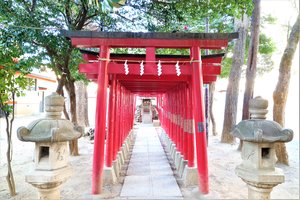
Photo Spot! Itoku Inari Shrine Otorii
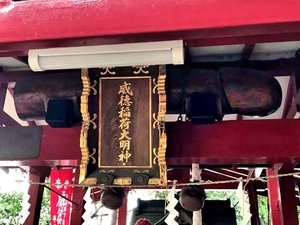
God for matchmaking, married like and having children
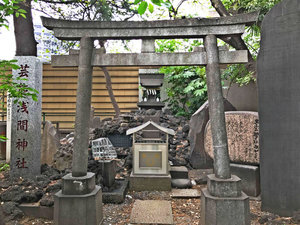
The God of entertainment “Geinou Asama Shrine”
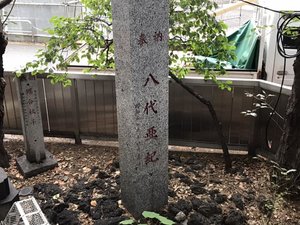
There is a name when seen from the back
“Tori-no-ichi” is annual festival that celebrates successful business that is held at this shrine once a year in either October or November. Theatrical companies regularly hold performances on these premises that have become part of the culture of Shinjuku.
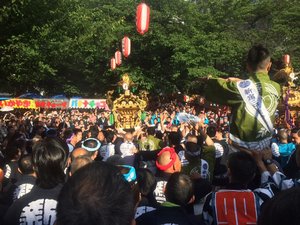
Mikoshi gathers in the compound of the Shrine
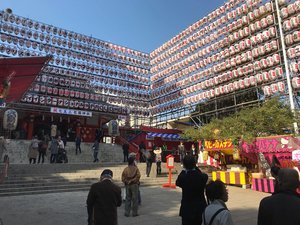
Tori no Ichi
During the spring season, this place is covered with cherry blossoms and at this time you can find plenty of foreign tourists here capturing the event.
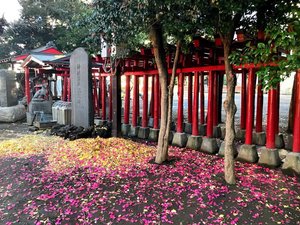
Torii located along Yasukuni Street
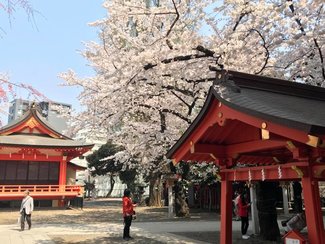
The contrast between shrine and cherry blossoms is beautiful
In autumn, the fallen leaves of the Ginkgo tree are spread like a golden carpet which looks very beautiful ♪
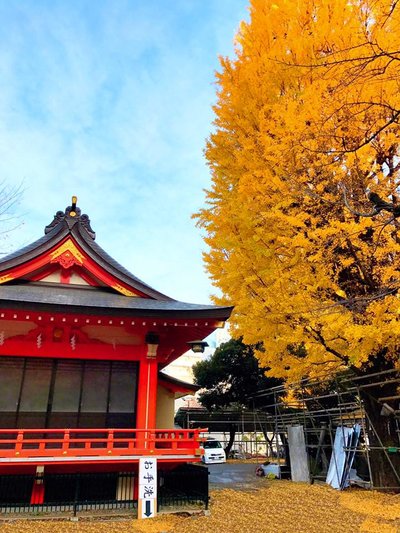
Gingko Trees
That was the introduction of Shinjuku “Hanazono Shrine” where seasonal and occasional events are held. This place is also loved by both local and tourists people.
Related Article
◆How to Pray at a Japanese Shinto Shrine
◆Collect Shrine Stamps (Goshuin御朱印) at Sacred Shrines-Create Special Memories in Japan!
Official Site: http://www.hanazono-jinja.or.jp/mt/cms/webdir/index.html
(Writer: Mami Matsuo)

